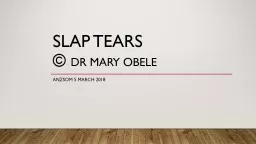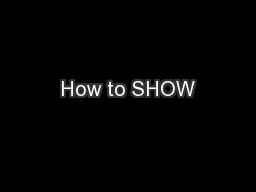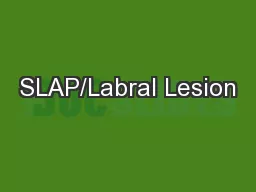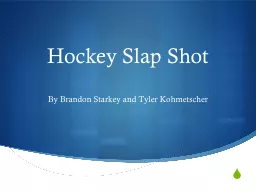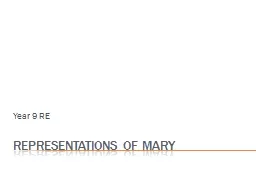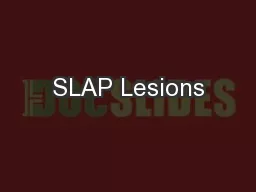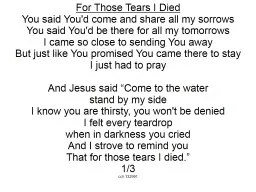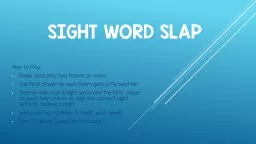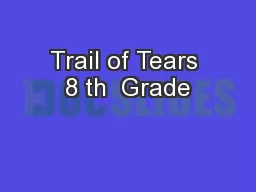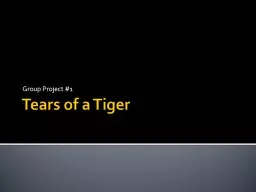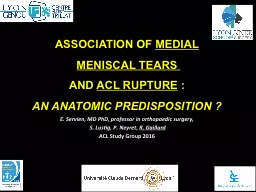PPT-SLAP TEARs © Dr Mary Obele
Author : celsa-spraggs | Published Date : 2020-04-04
ANZSOM 5 March 2018 labrum ring of fibrocartilage which Increases the surface area and depth of the glenohumeral shoulder joint Helps stabilise the glenohumeral
Presentation Embed Code
Download Presentation
Download Presentation The PPT/PDF document " SLAP TEARs © Dr Mary Obele" is the property of its rightful owner. Permission is granted to download and print the materials on this website for personal, non-commercial use only, and to display it on your personal computer provided you do not modify the materials and that you retain all copyright notices contained in the materials. By downloading content from our website, you accept the terms of this agreement.
SLAP TEARs © Dr Mary Obele: Transcript
Download Rules Of Document
" SLAP TEARs © Dr Mary Obele"The content belongs to its owner. You may download and print it for personal use, without modification, and keep all copyright notices. By downloading, you agree to these terms.
Related Documents

